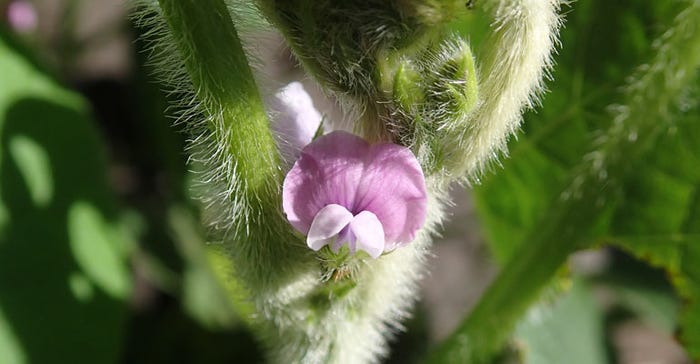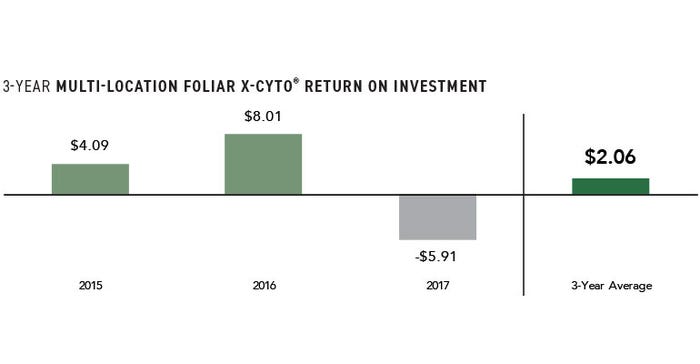English 

Rm 1955,Building 2,No.215,Lianhe North Rd.,Fengxian Dist.Shanghai 201417 China

Views: 0 Author: Site Editor Publish Time: 2024-03-28 Origin: Site
Over the past few years, farmers have shown an increased interest in plant growth regulators and many have wondered what implications they have on yield.

Over the past few years, farmers have shown an increased interest in plant growth regulators and many have wondered what implications they have on yield. Plant growth regulators are hormones that are naturally produced by plants. These hormones function in the growth and the internal messaging system of plants. Currently, there are five groups of plant hormones that are most commonly discussed: auxins, gibberellins, cytokinins, abscisic acid (ABA) and ethylene. While each of these hormones works together to coordinate the growth and development of cells, different groups may be more heavily involved in certain processes. For example, cytokinins stimulate cell division and induce bud formation, while gibberellins cause stem elongation and flowering.
Beck’s Practical Farm Research (PFR)® program has worked hard to evaluate the use of PGRs during the growing season. For multiple years, their team has studied the cytokinin growth regulator product, observed its ability to target the regulation of flowering and improve pod set in soybeans.
Soybeans produce many more flowers than pods. Typically, they overproduce flowers during the reproductive stages as a natural defense against brief periods of stress. In fact, upwards of 75 percent of soybean flowers fail to develop into pods. Most of the flowers that are aborted have been pollinated and fertilized, but grow at a slower rate and eventually cannot compete with the bigger, older flowers. This, along with a long flowering period, allows soybeans to be more resilient to environmental stresses during early reproductive stages.

The purpose of an application of plant growth regulators such as cytokinin at the start of flowering, or the R1 growth stage, is to decrease flower abortion. Agronomists explain that because cytokinin influences bud formation, more flowers should be produced at the same time. The hope is that this will increase the percentage of flowers with successful pod production, thereby promoting yields with more nodes flowering at a given time. Across multiple years of data, the return on investment from use of this product has averaged to $2.06/A. In the past two years, it has done a great job of improving both yield and profitability. However, at three locations this seasons, applications did not pay even though it showed an average yield gain of 0.7 Bu./A.

Beck’s PFR team is testing this product again in 2018 in their plant growth regulator study alongside Fortified Yield Enhancer Plus and Intensify®. Fortified Yield Enhancer Plus is one of the only products on the market to contain a total of four plant growth regulators. This product contains cytokinin, gibberellic acid, indole-3-butyric acid, and indole-3-acetic acid. Intensify contains the two PGRs of indolebutyric acid and gibberellic acid.
These products claim to enhance cell division, differentiation, enlargement, boost root growth and plant vigor and improve nutrient utilization. In 2018, Beck’s PFR team will be observe these Plant Growth Regulator products following an R1 application to determine what physiological effects are observed.
